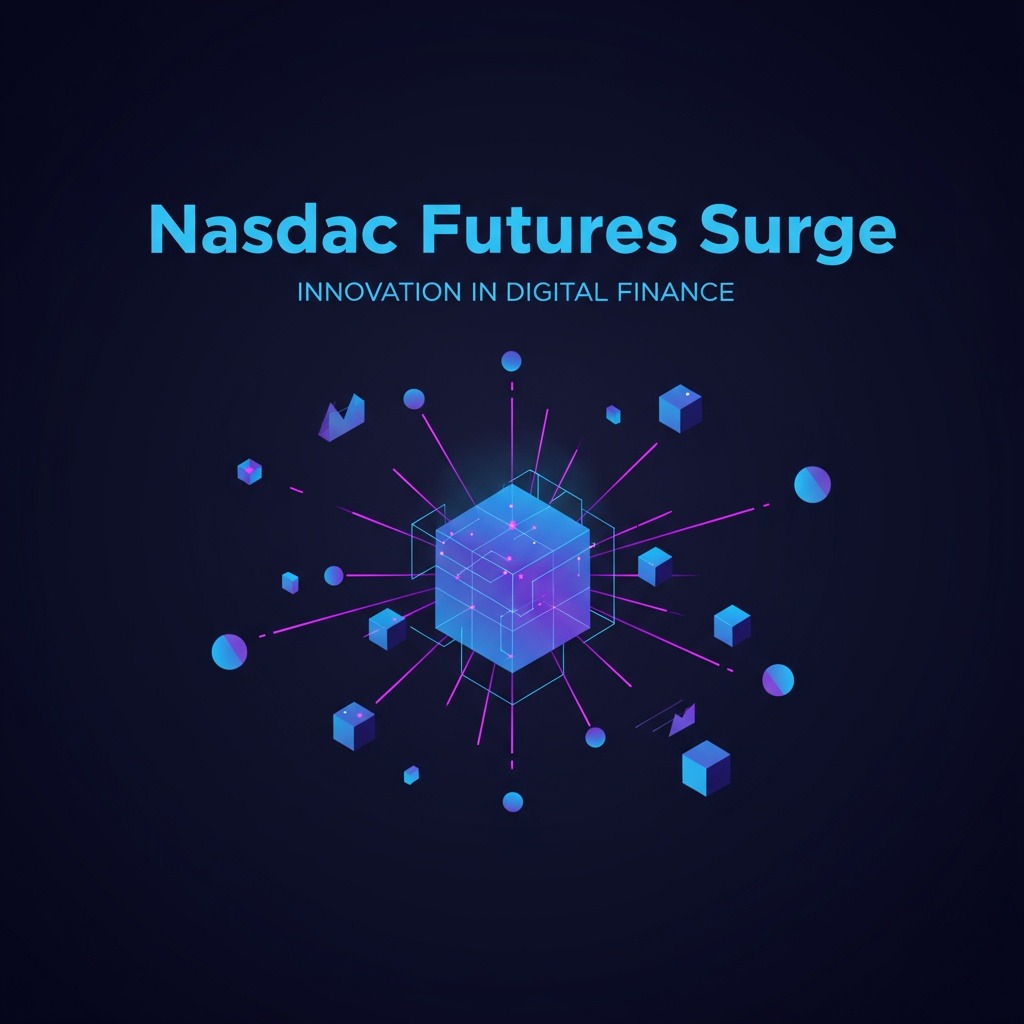TradeXYZ’s tokenized Nasdaq futures market, known as XYZ100, has surged into the top 10 assets by daily volume on Hyperliquid, the decentralized exchange renowned for its permissionless perpetuals trading. The milestone comes shortly after Hyperliquid’s recent HIP-3 upgrade, which launched approximately two weeks ago and enabled permissionless perpetual markets to operate on the platform.
XYZ100, a perpetual futures market tracking Nasdaq futures, was TradeXYZ’s inaugural deployment under the HIP-3 framework. TradeXYZ acts as the perpetuals trading division of Unit, which provides Hyperliquid’s tokenization infrastructure. The market’s instant traction has been evident in its recent volume statistics: over the past 24 hours, XYZ100 generated $72 million in trading volume and holds $55 million in open interest.
The market recently transitioned from a controlled access phase, which involved a sign-up and referral campaign with waitlisting, to full public availability on Hyperliquid’s front end as of this past weekend. This public launch triggered a significant uptick in both trading volume and open interest. To accommodate this growing demand, Hyperliquid has progressively raised the open interest limit on XYZ100—from an initial $25 million cap on October 22 to $60 million currently.
Despite these promising early figures within decentralized finance, the trading volumes on Hyperliquid remain relatively modest compared to traditional finance benchmarks. For instance, the E-mini Nasdaq-100 futures contracts, which XYZ100 references, reported over $225 billion in trading volume on October 2 alone, underscoring the nascent scale of the tokenized market.
Leading crypto investor Flood highlighted the significance of this development, calling it a “true 0 to 1 moment for Global Finance.” Flood emphasized that Hyperliquid offers unprecedented access to equity markets by enabling on-chain trading of equities on a central limit order book (CLOB) without permission, available 24/7 including weekends. This accessibility allows global investors, including many currently excluded from traditional equity markets, to gain exposure to such assets.
The launch has attracted interest from across decentralized finance and institutional circles. Citrini, a recognized research and trading firm, notably utilized Hyperliquid to trade the XYZ100 contract during the weekend, demonstrating growing institutional engagement.
However, the initiative has not been without controversy. Some members of the crypto community, particularly from the tokenized equity sector, have raised concerns regarding the volatility of funding rates on Hyperliquid. Kaledora Kiernan-Linn, co-founder of Ostium Labs—one of the largest tokenized equity trading venues—raised questions about the sustainability of Hyperliquid’s funding rate approach. Kiernan-Linn clarified her position on social media, affirming Hyperliquid’s strengths for crypto assets but expressing skepticism about its suitability for traditional financial assets. She advocated for a model that directly references underlying markets, functioning more like a decentralized broker rather than recreating orderbook liquidity natively on-chain.
Ostium continues to maintain a significant presence in the tokenized equities space, currently holding approximately $246 million in open interest across its suite of on-chain assets. The debate between different architectural approaches highlights the evolving nature of integrating traditional financial products into decentralized markets.
As tokenized asset trading gains momentum, developments like the XYZ100 market on Hyperliquid underscore both the opportunities and challenges in bridging decentralized finance with traditional equities.



